Leading Digital Marketing Trends – You Should Not Ignore in 2020

Digital marketing is an ever-evolving world. This is the landscape where if you fail to adopt changes and keep up with trends, you will limit your brand’s reach to customers.
Perhaps you are simply unaware of what’s trending out there but other users, specifically your potential customers and competitors, are not. That’s why, to help you stay updated and ahead of the curve, we outlined 14 of the most popular digital marketing trends of 2020.
Without further ado, let’s dip our toes into the leading digital marketing trends of 2020.
1. Content Marketing
As always, content marketing remains an evergreen trend of the digital marketing world. However, it has now become more important than ever because of Google’s major search algorithm updates in November 2019. One such major update was the BERT system, which was designed to help Google understand the natural language people use in search engine queries. Based on this update, Google now favors content that answers users’ queries, is supported by research, and is written in the same language users prefer.
Look at these Google’s search results before and after the BERT update:
Google’s John Mueller advised maintaining a site’s fast speed, relevant and valuable links, and high-quality content rather than chasing the latest SEO trends.
Content marketing has always proved to be fruitful for businesses. 88% of B2B content marketers agreed that valuable content makes their users believe they are trustful brands.
2. Artificial Intelligence
Considering the technological advancements of the past decade, 2020 is sure to bring further monumental improvements in artificial intelligence (AI). AI is predicted to become the heart of almost all businesses in the future, and it’s already started building a firm foundation.
For example, Microsoft and Uber have already started using Knightscope K5 robots in parking lots and big outdoor areas to predict crimes. The robots read license plates, report unusual activities, collect data and report it to owners. One can also rent these robots for approximately $7 per hour, which is far more reasonable than hiring human security.
AI can analyse user behavior, recognise common search patterns and collect data from social media platforms to help businesses understand how potential consumers are looking for and finding their products or services.
Back in 2017, Gartner predicted AI to be omnipresent in almost all software products and services. Harvard Business Review confirmed the prediction in early 2019.
3. Personalisation
Search engines like Google are an overcrowded market, yet it is the first place users look to find a solution in a matter of seconds. You can’t ditch Google just because it is over-competitive, but you can stand out from the crowd with the help of personalised marketing. This means creating hyper-personalised content, designing emails, and more.
Read the messages hidden behind these personalisation statistics:
- 63% of consumers feel annoyed by general advertising messages
- 80% agreed to do businesses with a brand offering personalised experiences
- 90% felt persuaded through personalization
Kevin George, marketing head of EmailMonks, stated that personalised behaviour-based emails generated 3X better results than generic ones.
If you want to study more examples of the power of personalisation, take a peek at Amazon’s and Netflix’s personalised product recommendations based on consumers’ search patterns and past behaviour.
4. Visual Marketing
80% of the audience is more likely to read content if it’s accompanied by visuals. Visual content gets 40% more shares across social media than other forms, and more shares result in more brand exposure, all of which is possible via visual marketing.
Similar to content marketing, visual marketing has become a staple in the digital marketing world because it stimulates engagement both on your marketing channels and your website.
Since the age of social media took over, visuals have gotten a better grasp than ever. They are easy to consume and, if you create interesting visuals, they successfully engage the audience and initiate conversation between your brand and potential customers.
Even psychologists believe that visuals help people remember more details while attracting attention and filling consumers with more emotion. For example, tell me which one you are more likely to remember: monkeys can solve advanced maths problems or the image given below?
More likely the latter. Or maybe both.

Get weekly insights for revenue-shifting results
Sign up for our newsletter and be the first one to know about our exclusive offers, digital marketing news and updates.
|
|
Thank you for Signing Up |


As we constantly hold smartphones and tablets while waiting, at home, during work, or even on breaks, it’s obvious that visuals are essential and likely to become more so in the upcoming years.
5. Voice Search Marketing
Voice search is slowly replacing typing, and the underlying fact is that it’s changing the way people complete their searches. For example, while typing users write ‘white party dresses’ in Google, a user conducting a voice search may say ‘What are the most popular white dresses for informal parties?’.
Here are some experts’ statistics or predictions about voice searches:
- By 2020, 50% of almost all searches will be voice searches (comScore)
- By 2022, 55% of American homes will own smart speakers
- 72% of all voice-activated device owners say their devices are part of daily routines (Google)
To conclude, people expect to rely more on voice search in the future.
And why not?
Voice search plays a key role in offering convenience to users while searching. It provides all the relevant and specific information without even touching the device. Also, popular voice search devices are getting smarter, decreasing the number of voice errors and increasing search comfort greatly.
Optimising your content for voice search queries is the best way to spread awareness. The future holds more challenges for voice search optimisation. But for now, to get started, you can focus on writing in a conversational tone, try to rank for featured snippets, and note down keywords people say and the many ways they speak them.
6. Chatbots
Chatbots continue to assist users in many different ways in 2020. Being an AI-based technology, chatbots use instant messaging to chat with visitors in real-time 24/7, guiding them towards the final purchase.
Recent surveys reveal:
- Gartner predicted 85% of customer interaction will be managed without humans
- 24-hour service is one of the top benefits of chatbots
- 63% of respondents prefer online chatbot messaging to communicate with a brand
- Chatbots will help businesses save $8+ million per annum by 2022
Most customers prefer to talk with chatbots as they are available 24/7, respond immediately, accurately collect your past information or buying history, and never lose patience. They perfectly meet customers’ expectations by offering fast and reliable services which means, organisations don’t have to worry about the next customer’s complaint.
7. Influencer Marketing
Influencer marketing is another word-of-mouth marketing that involves key influencers delivering your brand message to a specific market. Well-known celebrities, YouTube personalities, travelers sharing their stories, etc. are examples of influencers having massive niche followings.
It’s becoming tough to catch users’ attention via advertising, and it’s easier for users to believe in influencers as they are real human beings with a large following.
According to the 2019 Edelman Trust Barometer Special Report, 63% of consumers trust influencers’ recommendations more than general brand messages. 58% of people bought products based on influencers’ opinions.
8. Micro-moments
A micro-moment is a moment when users are more likely to act on a need. For example, to know now or buy now moment. Let’s say a traveler wants to have dinner now so they will search for ‘best restaurants near me.
These are the moments you have more of a chance turning visitors into customers. To take maximum advantage of micro-moments, your businesses have to be available at the time consumers are searching for relevant information. Or, in Google’s words: be there, be useful, be quick.
Follow these 4 ways to identify micro-moments and strike the deal:
- Keep track of ‘I want to buy moments
- Write content relevant to the need of the moment
- Make it extremely easy for users to buy products
- Measure all the moments when customers come with an intent to make the final purchase
9. Omnichannel Marketing
Omnichannel marketing is marketing across multiple channels like social media, YouTube, blogs, emails, advertising, podcasts, etc.
Today, users have multiple options when it comes to consuming information and they prefer the most comfortable option first. Some users like to read while some watch videos and others love to listen to podcasts on the go. So, you don’t know where or when the next customer may appear. That’s why you have to be available everywhere by promoting your content and products on almost all channels.
Omnichannel marketing allows you to connect with potential customers on more platforms. It enhances user experience and conveys brand messages that drive people towards the final sale.
10. Push Notifications
Push notifications are rising fast with 85% of online stores using them since 2019. Moreover, push notifications are 2 times more effective for convincing people to sign up than a newsletter.
As more users prefer multiple channels, browser push notifications remain present throughout all channels, forcing more brands to embrace this strategy in 2020. Also, if you include personalisation in push notifications, you can easily re-engage more people who showed interest in the past but failed to commit.
11. Predictive Analytics
Predictive analytics is the process of using data, predictive models, and machine learning to determine common user patterns and predict their next steps in the future.
To simplify in terms of digital marketing, you will see more and more brands relying on data and predictions to analyse micro-moments and touchpoints of users so they can be available where users want them. Additionally, predictive analytics also helps in designing personalised content that reduces churn and enhances customer loyalty.
12. User-Generated Content (UGC)
Looking at the increasing trust of users over other users, user-generated content (UGC) is becoming a potent source for marketers to slip into Millennial and Gen Z markets. People trust your past customers’ experiences more than anything else. According to a survey conducted, 90% of shoppers reported that UGC is more persuasive in driving purchase decisions than other advertising strategies.
What you can do is encourage your past customers to share their unique experiences on your site and Google reviews. In exchange, you can offer incentives like discounts for being a loyal customer.
13. SERP Zero Ranking
For the past couple of years, the most notable change that took place in search engines was featured snippets which eliminated the need to click a link, making it more challenging for marketers to attract visitors, let alone convert them.
2020 is taking this featured snippet trend further with at least 30% of all online searches taking place without a screen. Moreover, 40.7% of all voice search answers will come from featured snippets. If you haven’t yet optimised for featured snippets, it’s time to do so as soon as possible to save your #0 spot on Google.
14. Internet of Things (IoT) Marketing
Not only mobile devices and tablets, but smart cars, household appliances, wearable tech, etc. are also on their way to becoming a part of our daily routines, widening the search options for users. Put the Internet of Things (IoT) on your list for near future reference.
Wrapping Up
Now you have it all – the 14 most important digital trends of the year 2020. Keep looking ahead and embrace new technologies to become your users’ favorite brand and stay ahead of your competitors.
In search for strategic sessions?
Let us understand your business thoroughly and help you
strategies your digital product.
It's time to call your business-
a brand!
Australian Owned Agency
Save Time and Money
Unbeatable Value
Where Work Gets Done
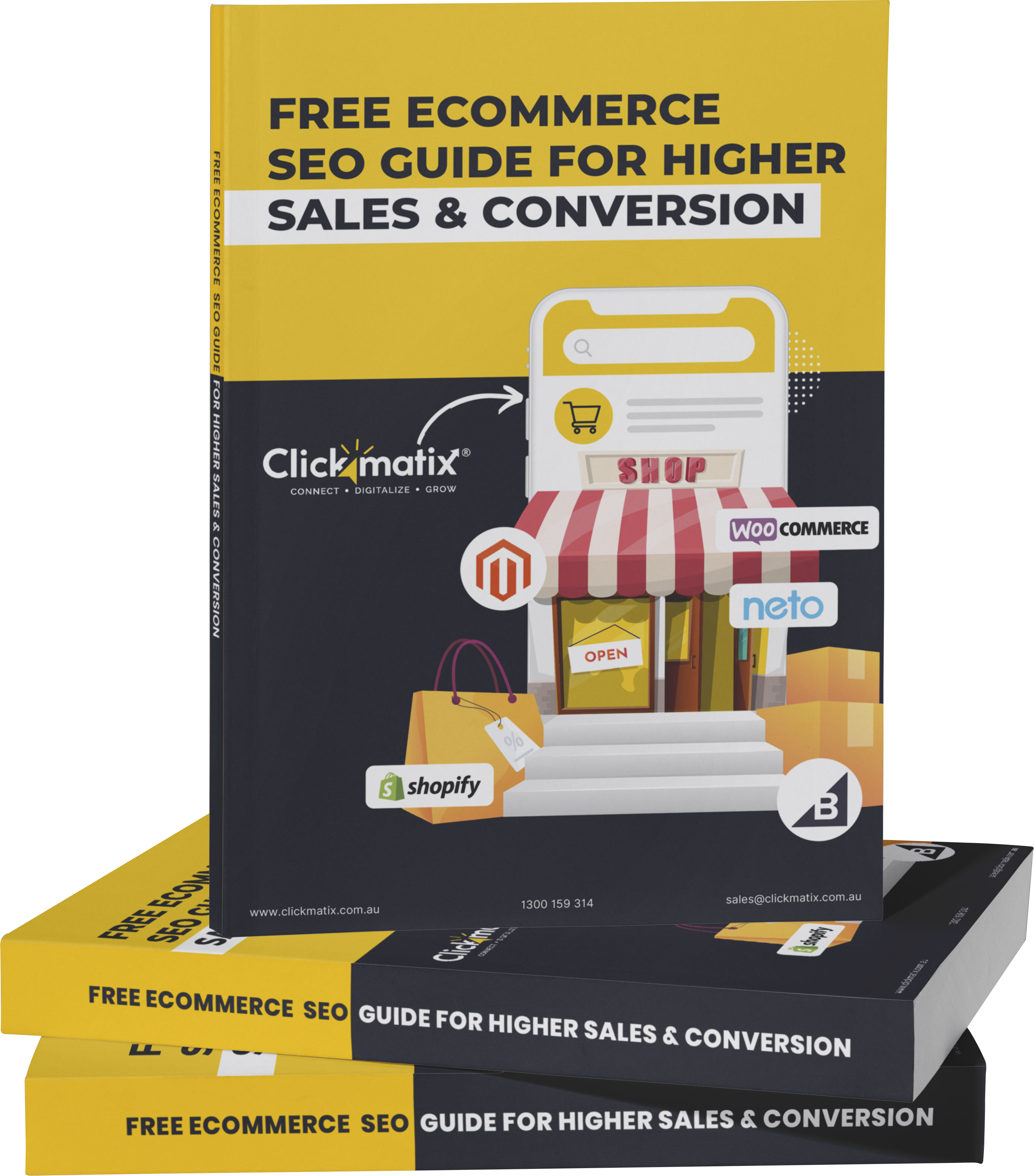
free Ecommerce SEO guide for Higher Sales & Conversion


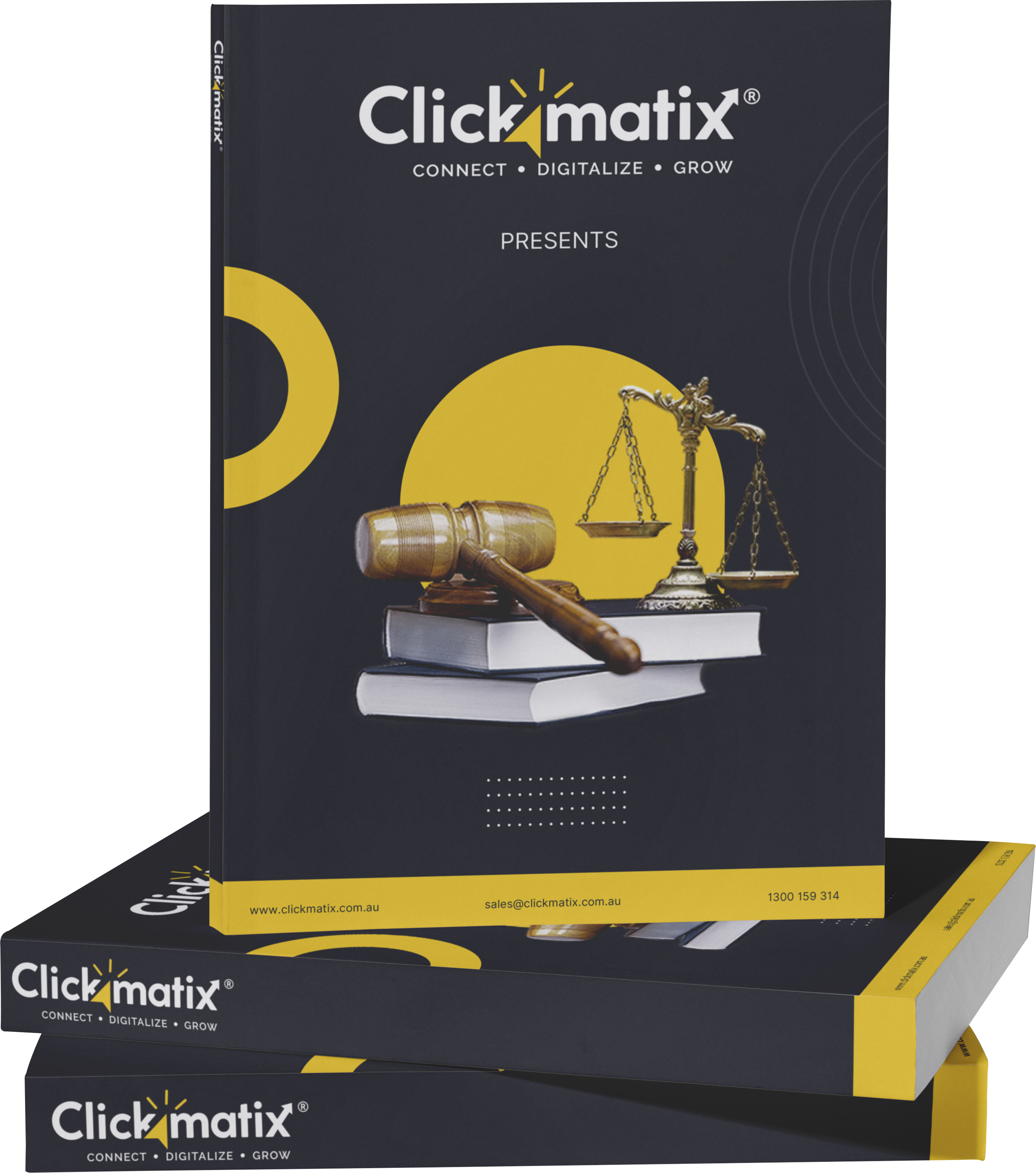
THE ULTIMATE MARKETING GUIDE FOR LAWYERS



Youtube Ads Guide How to Advertise on Youtube



free Ecommerce SEO guide for Higher Sales & Conversion


It's time to call your business-
a brand!
Australian Owned Agency
Save Time and Money
Unbeatable Value
Where Work Gets Done


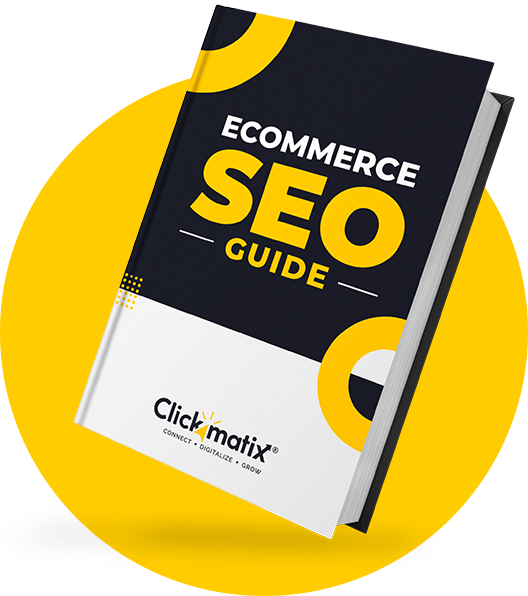
The Game-Changing Ecommerce SEO Guide That Will Blow Your Mind & Sales
With this Ecommerce SEO Guide, you'll be able to:
- Develop a Ecommerce SEO strategy.
- Build a content marketing strategy that aligns with your business goals.
- Convert your website visitors into paying customers.


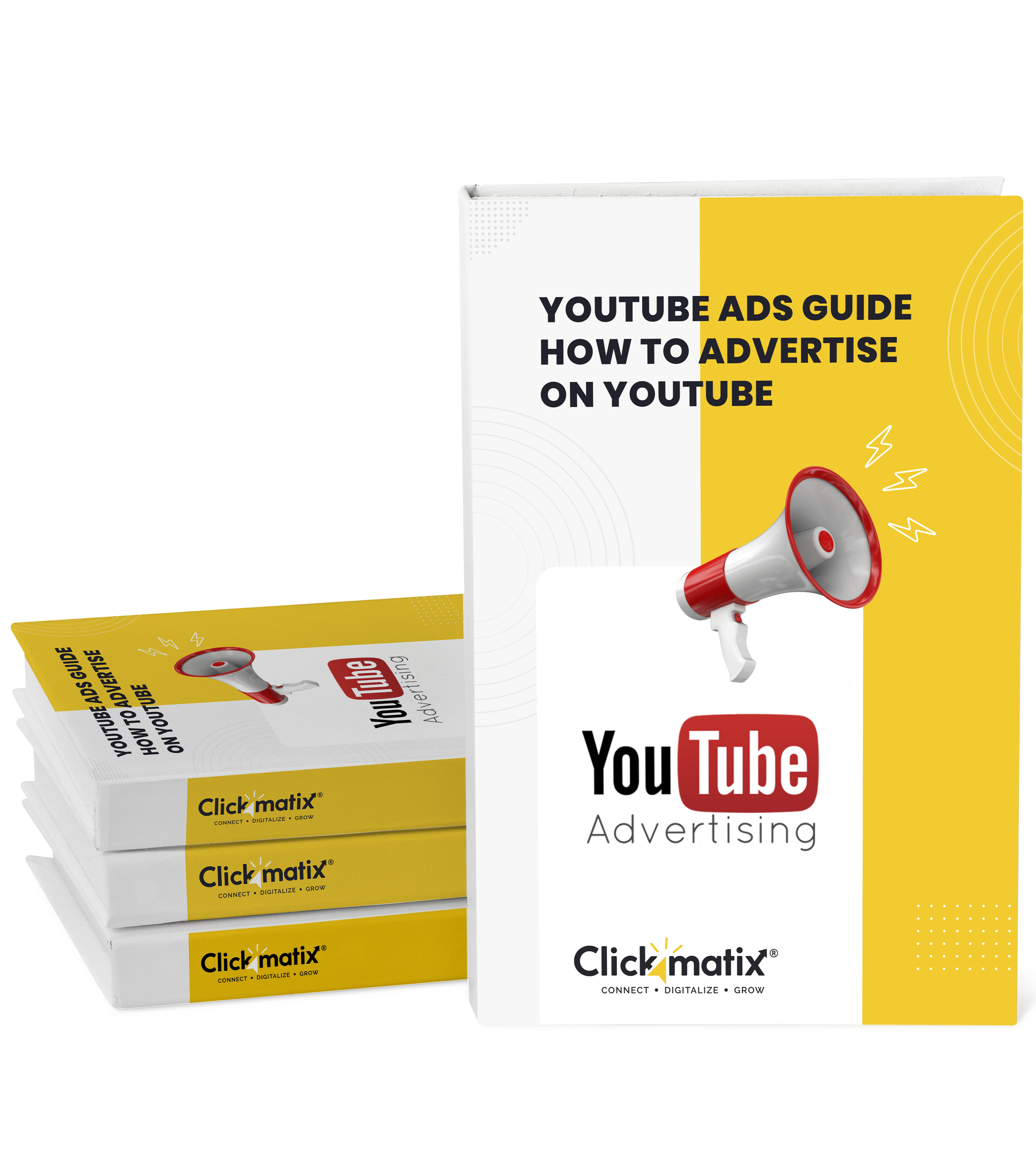
Youtube ads guide how to advertise on youtube
With this Youtube ads Guide, you'll be able to:
- Develop a Youtube ads strategy.
- Build a type of ads of your own that aligns with your business goals.
- Generate revenue from youtube ads.
It's time to call your business-
a brand!
Australian Owned Agency
Save Time and Money
Unbeatable Value
Where Work Gets Done








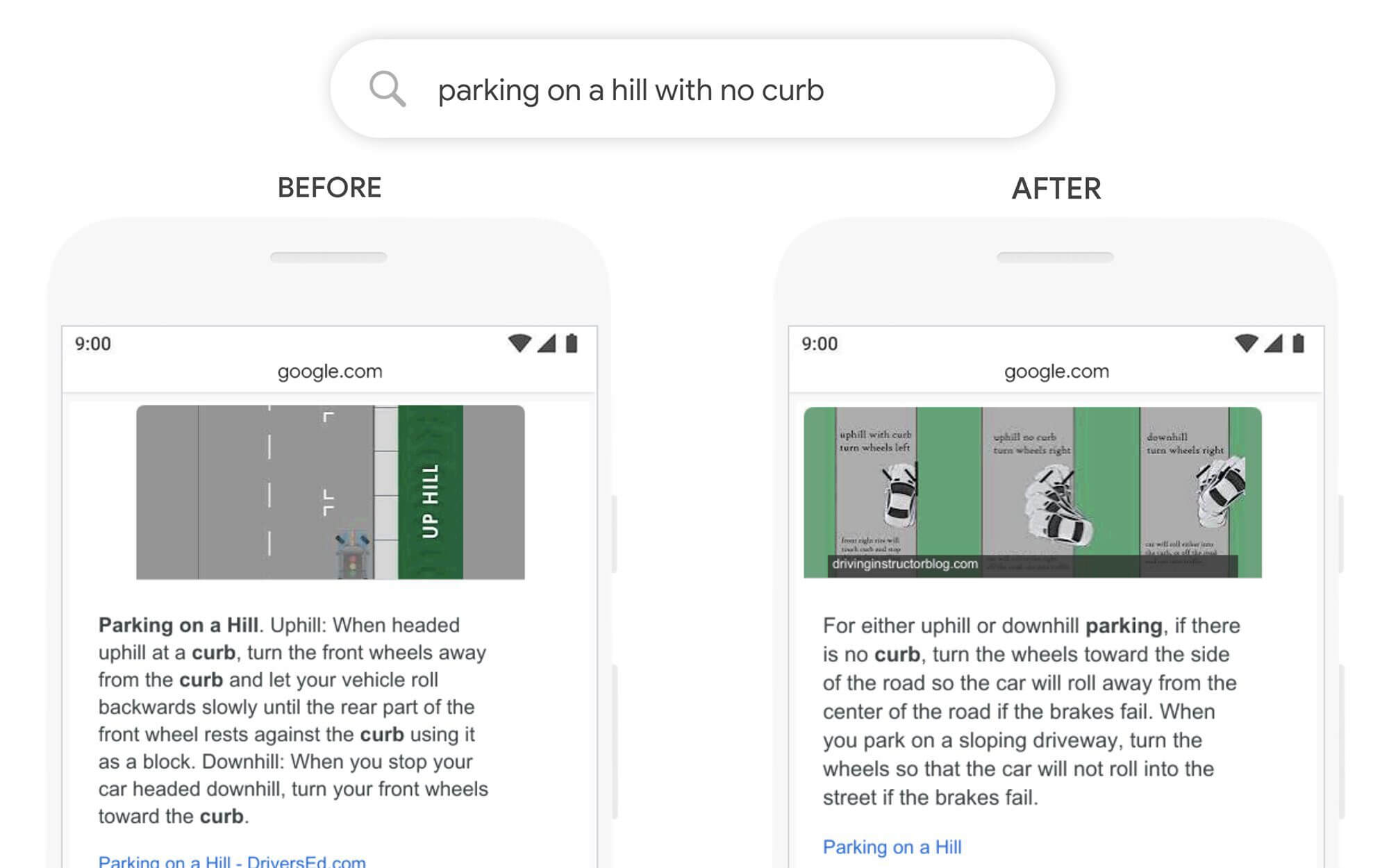

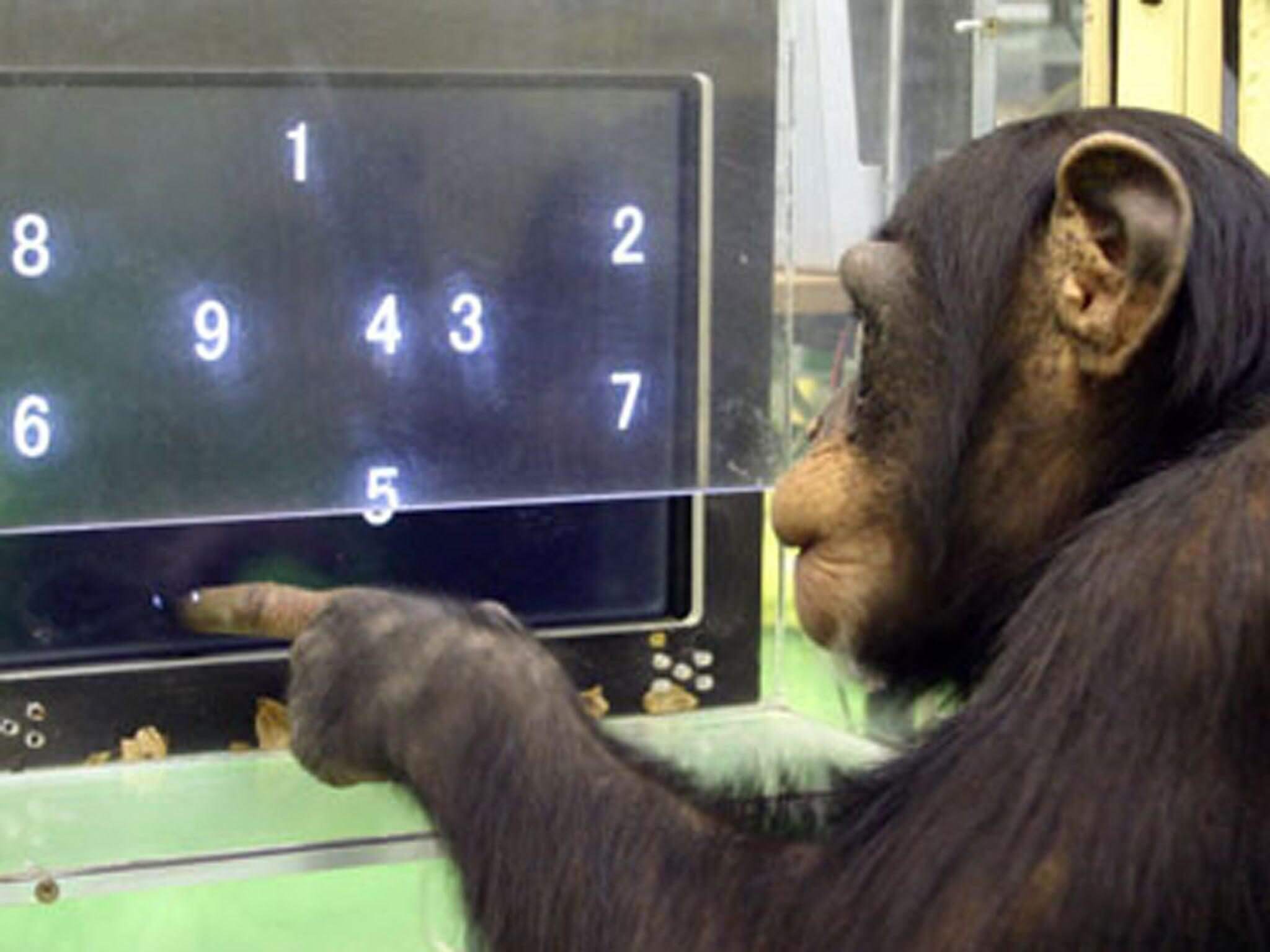
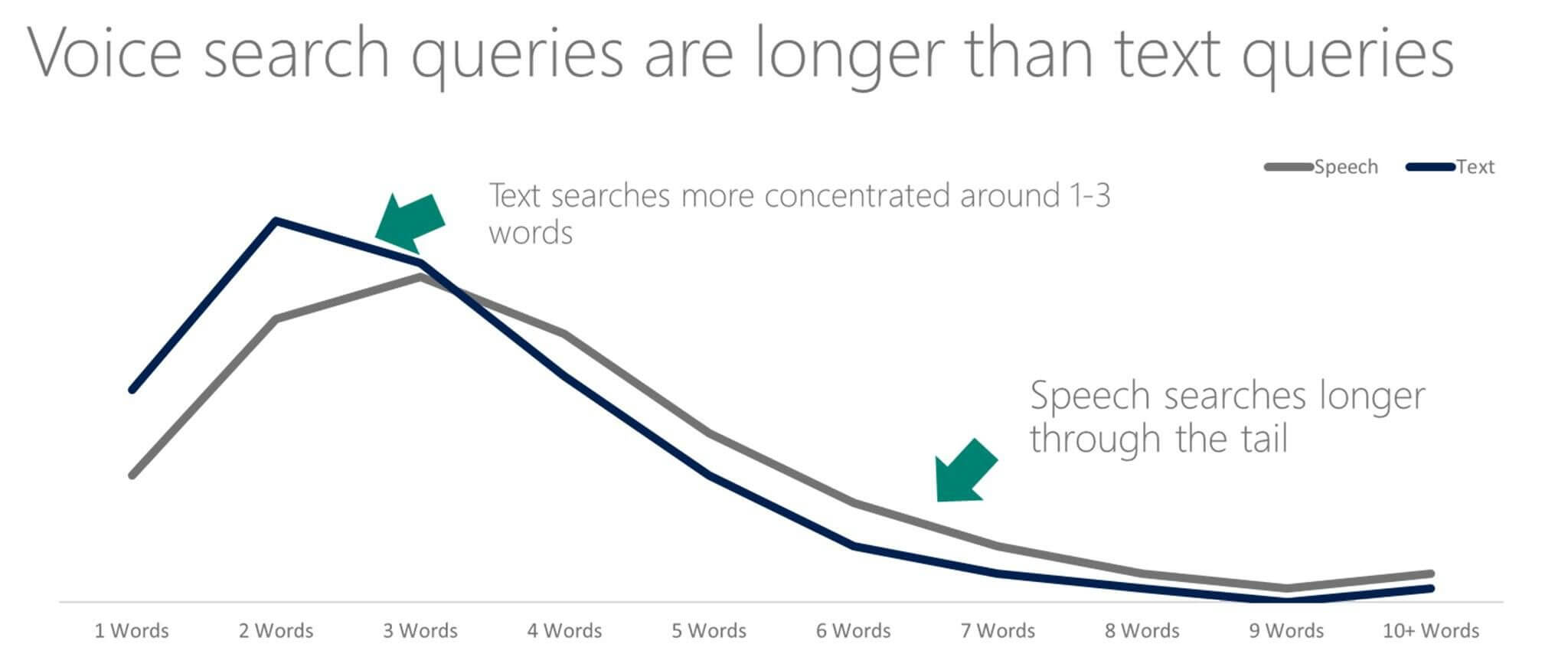
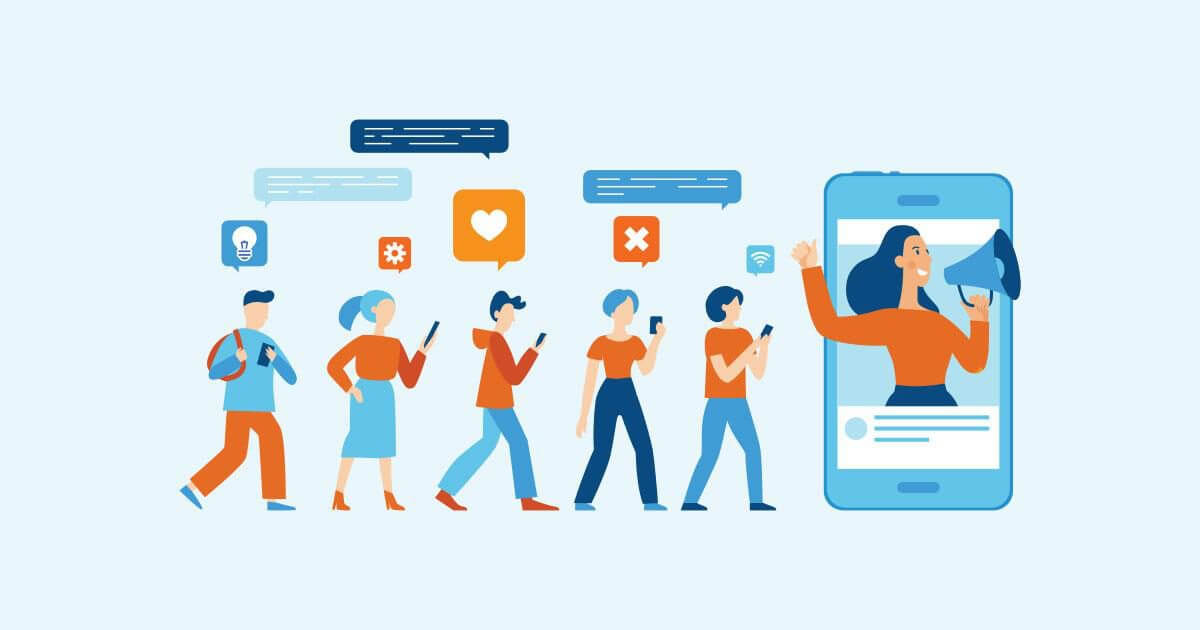
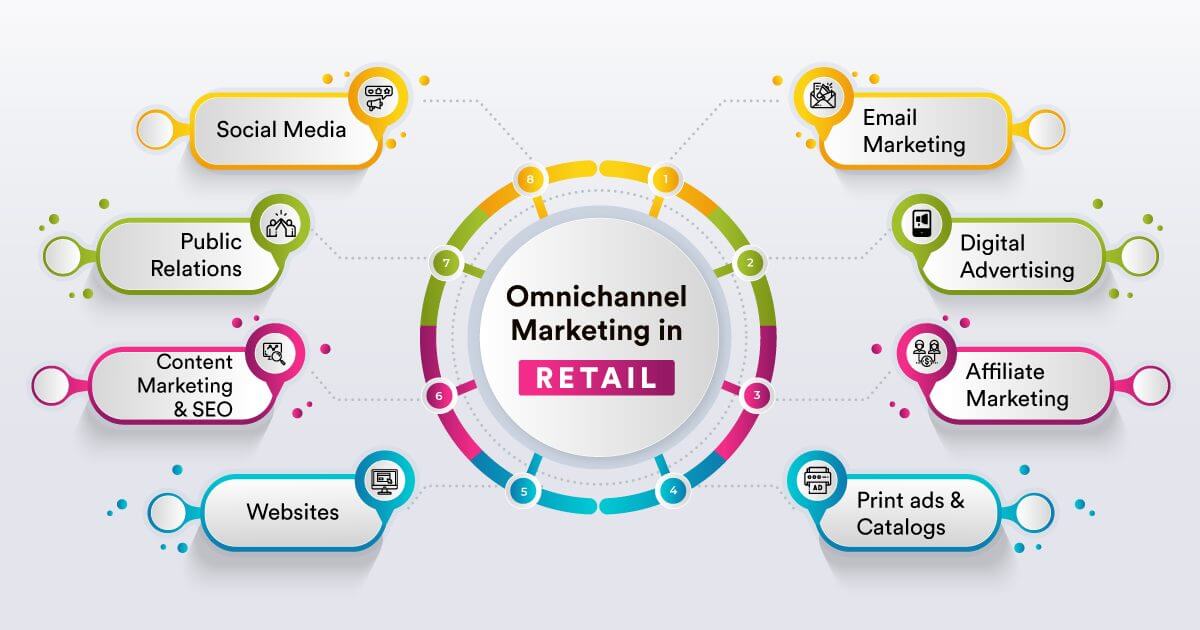
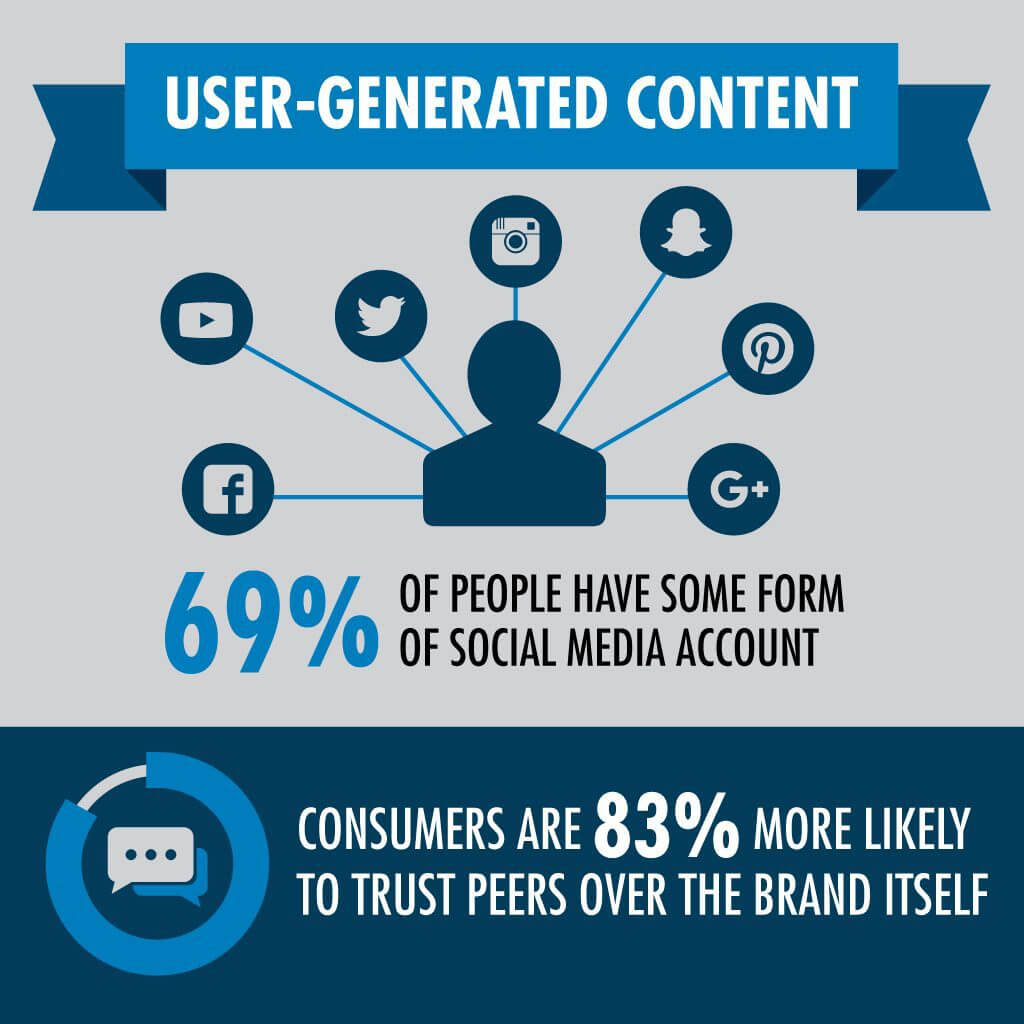
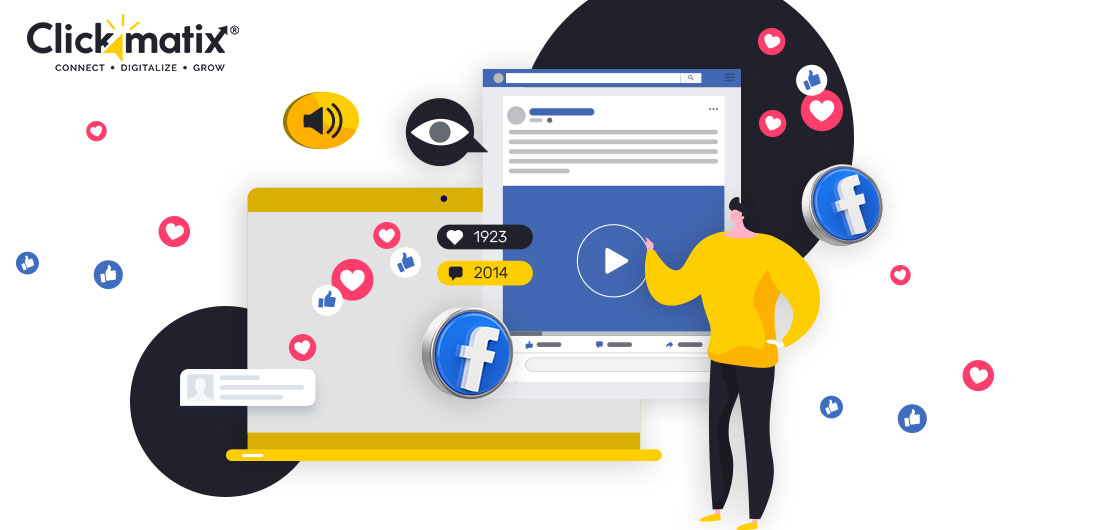
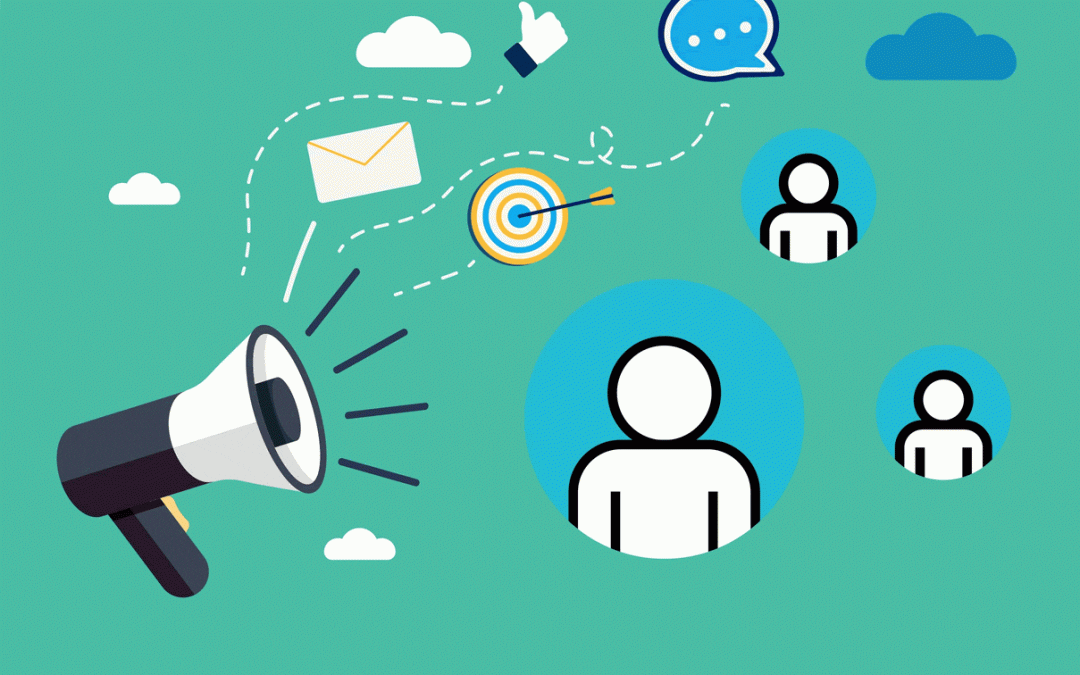
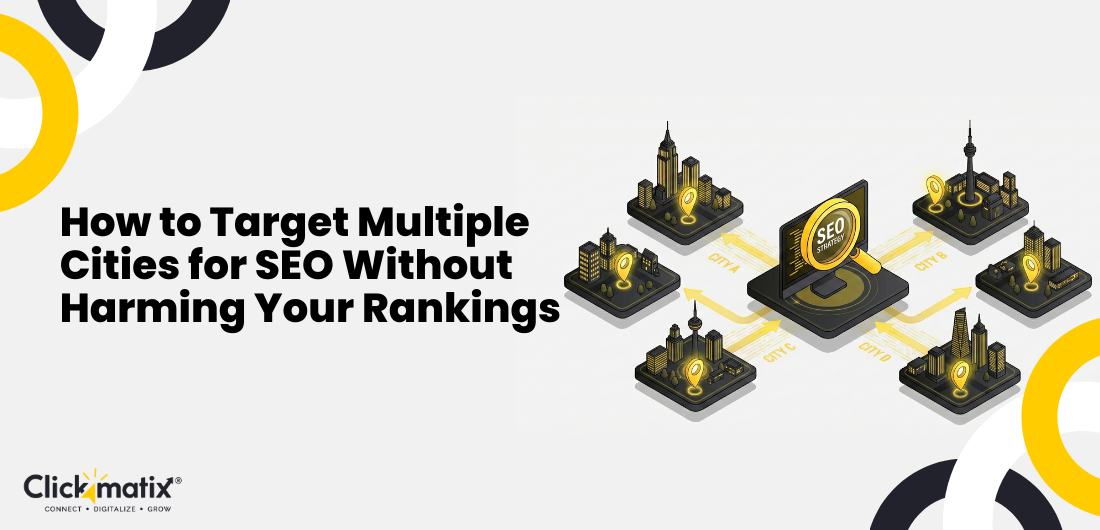
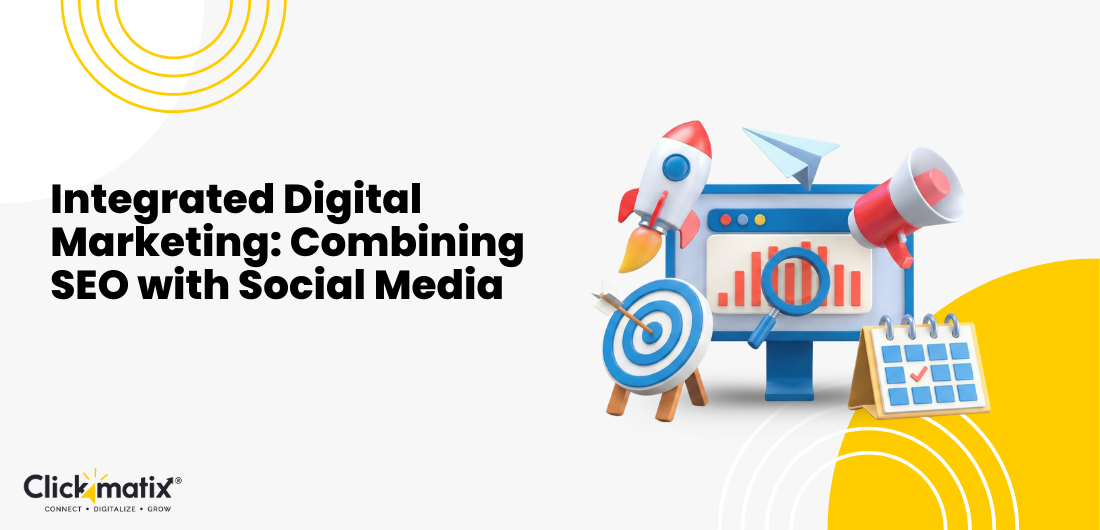
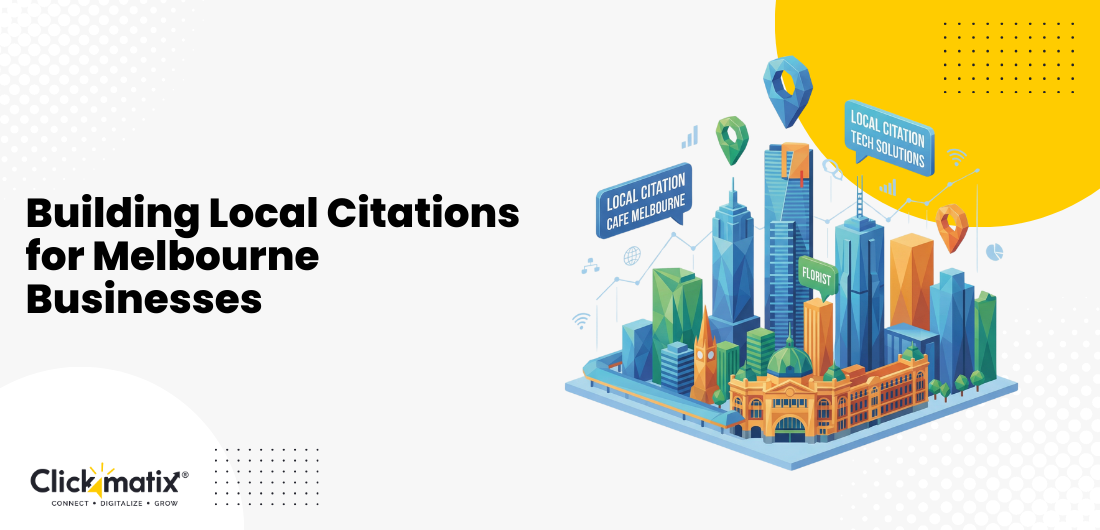
 Australian Owned Agency
Australian Owned Agency Save Time and Money
Save Time and Money Unbeatable Value
Unbeatable Value Where Work Gets Done
Where Work Gets Done